Introduction
Maternal and Child Health (MCH) refers to the overall health of both expectant mothers throughout their pregnancy, childbirth, and postnatal period as well as the healthy development of young children. The variety of services provided under MCH include nutrition, immunisation, family planning, and maternity and child care. It focuses on reducing maternal and child mortality and morbidity rates, especially in underdeveloped countries, lacking access to healthcare services. MCH programs play a vital role in fostering healthy pregnancies and safe deliveries by promoting the overall wellness of mothers and their children, in turn generating communities that are healthier and prosperous.
Importance
The significance of maternal and child health cannot be overstated. A major proportion of child and maternal mortalities occur during childbirth and the postnatal period, with a significant number of deaths occurring within the first 24 hours after birth. Despite progress, maternal and child health continues to be a global concern, particularly in low- and middle-income countries (LMICs). In 2017, approximately 94% of the 295,000 maternal deaths worldwide were reported in LMICs. Tragically, 4.1 million infants lost their lives before their first birthday in the same year. In 2019, 2.4 million children globally died within the first month of life, with a substantial portion of these deaths concentrated in Sub-Saharan African and South-Asian countries. Even in India, where progress has been made, challenges persist. Although infant mortality in India has seen a significant decline, neonatal mortality remains high, and the maternal mortality ratio stands at 113. Therefore, continued efforts through a comprehensive approach are essential from the government as well as other allied organisations.
Challenges in Maternal and Child Health Care
Maternal and child healthcare services face formidable challenges. It is broadly influenced by social and environmental determinants. One of the major such determinants is utilisation of healthcare services. Factors affecting healthcare utilisation include distance to healthcare facilities, road connectivity, travel time, economic status, and quality of services. India has seen improvements in healthcare utilisation, but disparities persist due to socioeconomic and geographic factors. Although health facilities might be available, accessibility remains a persistent challenge, especially in hilly terrains. People residing in these areas often grapple with issues of poor accessibility, inadequate supply and demand alignment, lack of employment opportunities, and deficient healthcare services. In hilly states like Uttarakhand, migration from rural to urban areas has been observed due to inadequate medical facilities. Women sometimes give birth in unsafe conditions, further emphasising on the healthcare gaps.
Strategies for Maternal and Child Healthcare
Despite challenges, strategies can be employed to enhance maternal and child healthcare in hilly regions. Skilled assistance during delivery, antenatal and postnatal care, and a robust healthcare system are pivotal in reducing maternal and child mortalities. Antenatal care holds immense significance, not only in identifying risks but also in providing health education, immunizations, and treatments. Quality maternity care services, as advocated by the WHO, can save lives. Postnatal care is equally essential, as it identifies post-delivery risks and prevents child and maternal deaths.
Global Efforts in Maternal and Child Health
Efforts to address challenges in maternal and child health care extend beyond individual nations. Globally, initiatives aim to improve healthcare access and outcomes for women and children. Improving maternal health, which is founded on a human rights perspective and linked to initiatives to achieve universal health coverage, is one of WHO’s top priorities. UNICEF is committed to providing women, babies, and children with affordable, high-quality healthcare, nutritious food, and safe drinking water. It is collaborating closely with governments, partners, and communities to eliminate avoidable maternal, neonatal, and child mortality, along with extending essential health services to the most vulnerable.
By 2030, the Sustainable Development Goals aim to achieve several critical targets related to MCH which include reducing the maternal mortality ratio to below 70 per 100,000 live births (Target 3.1), putting an end to preventable deaths among newborns and children under 5, striving for neonatal mortality rates as low as 12 per 1,000 live births and under-5 mortality rates as low as 25 per 1,000 live births (Target 3.2), ensuring universal access to sexual and reproductive healthcare services encompassing family planning, education, and the integration of reproductive health into national strategies (Target 3.7), and realising universal health coverage with financial risk protection, quality healthcare services, and affordable essential medicines and vaccines for all (Target 3.8).
The Partnership for Maternal, Newborn & Child Health (PMNCH) is the world’s largest alliance for women’s, children’s, and adolescent’s health and well-being, with 1,250 partner organisations working together through 10 constituency groups: partner governments, donors, and foundations, NGOs, adolescent and youth groups, private sector organisations, health professional associations, academic and research institutions, global financing mechanisms, inter-governmental organisations, and UN agencies.
Maternal health is also considered an important part of looking forward to the development of the country in terms of equity and reducing poverty.
A few national initiatives have also been taken for the betterment of mother and child health:
One of them includes “Comprehensive Abortion Care Services (CAC) When it comes to the numbers, it is recorded that eight percent of maternal deaths in India are due to unsafe abortions”.
However, women who sometimes survive this kind of unsafe abortion has to deal with long-term reproductive problems and morbidity. Comprehensive abortion care is crucial for reproductive health. This includes components like comprehensive, safe abortion services blended with public health facilities, with a major focus on “delivery points.”16000 health facilities performing deliveries is setting up a benchmark under this initiative.
Conclusion
Ensuring the health of mothers and children is a worldwide concern, yet the obstacles they confront deserve unique consideration. Given that geography and economic factors impact access to healthcare services, creative approaches are needed to address these disparities. As international endeavours persist in confronting maternal and child health challenges, meeting these distinctive requirements through unwavering commitment, collaboration, and well-planned actions will foster a fairer and more all-encompassing healthcare system for everyone.
References
- Anwar, A., Malik, M., Raees, V., & Anwar, A. (2020). Role of mass media and public health communications in the COVID-19 pandemic. Cureus. https://doi.org/10.7759/cureus.10453
- Mheidly, N., & Fares, J. (2020). Leveraging media and health communication strategies to overcome the COVID-19 infodemic. Journal of Public Health Policy, 41(4), 410–420. https://doi.org/10.1057/s41271-020-00247-w
- Parrish-Sprowl, J., & Parrish-Sprowl, S. (2023). A case for a quantum informed approach to health communication research. Frontiers in Communication, 8. https://doi.org/10.3389/fcomm.2023.1232616
- Paul, E., Steptoe, A., & Fancourt, D. (2021). Attitudes towards vaccines and intention to vaccinate against COVID-19: Implications for public health communications. The Lancet Regional Health – Europe, 1, 100012. https://doi.org/10.1016/j.lanepe.2020.100012
- Public Relations Theory III. (n.d.). Google Books. https://books.google.co.in/books?hl=en&lr=&id=5AumEAAAQBAJ
- Putri, K. Y. S., Istiyanto, S. B., Prihantoro, E., & Setiawan, B. (2023). The Effect of Health Communication on Reader Attitudes with Digital Media Literacy Antecedents. Studies in Media and Communication, 11(4), 1. https://doi.org/10.11114/smc.v11i4.5768
- World Health Organization: WHO. (2019, November 18). Child health. https://www.who.int/health-topics/child-health#tab=tab_1
- Zhu, C., Xu, X., Wei, Z., Chen, J., & Evans, R. (2019). How health communication via Tik Tok makes a difference: A content analysis of Tik Tok accounts run by Chinese provincial health committees. International Journal of Environmental Research and Public Health, 17(1), 192. https://doi.org/10.3390/ijerph17010192
Written by
Dr. Mansi Gauniyal, Gunjan Sooden and Achal Kudtarkar




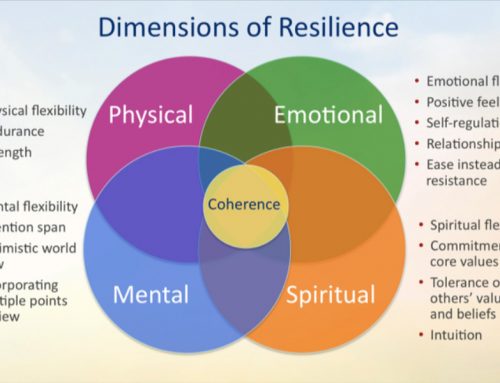


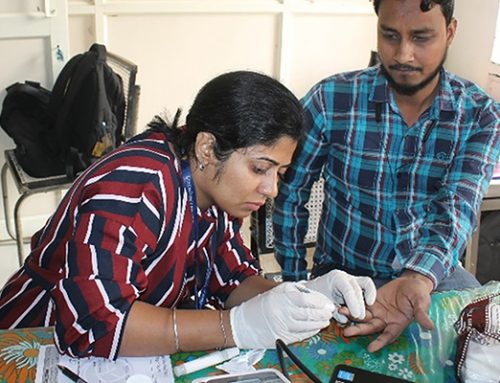

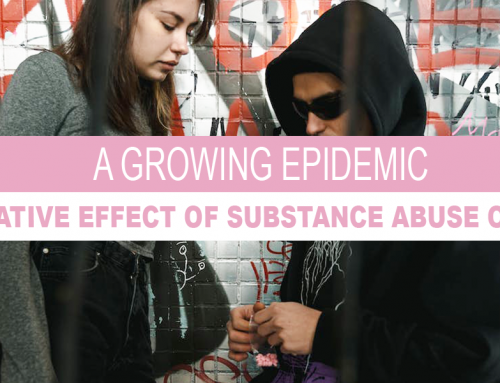


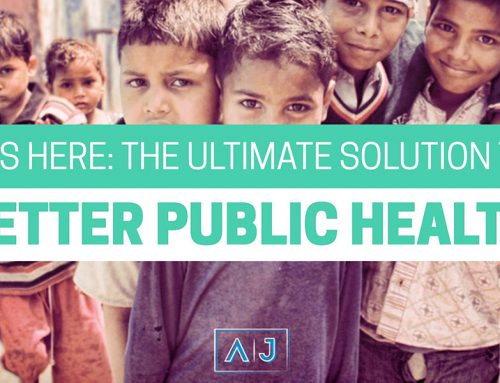
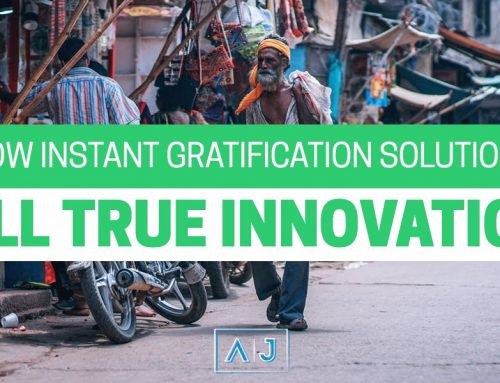
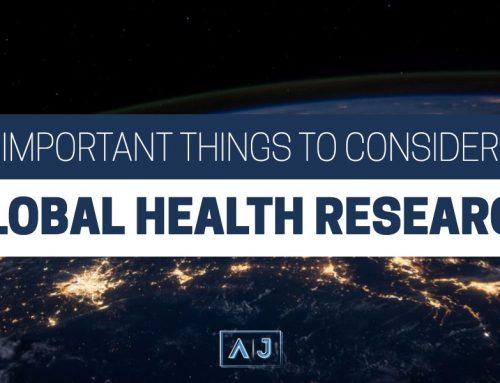
Leave A Comment